The Code, The Canvas, and The Blockchain: Your Guide to NFT Generative Art Platforms
You’re scrolling through a gallery online. You see it. A piece of art so intricate, so perfectly chaotic, it feels impossible. Thousands of lines weave together, colors blend in ways you’ve never imagined, and every time you look, you notice something new. You think, “A human couldn’t have possibly drawn every single one of those lines.” And you’re right. They didn’t. A computer did. But it was guided by a human artist’s vision, encapsulated in code. This is the mesmerizing world of NFT generative art, a space where artistic creativity and computational logic collide to create something truly unique every single time. It’s a fundamental shift in how art is made, valued, and collected.
But where does one find this art? How does it even work? It’s not like walking into a traditional gallery. Instead, you enter digital platforms, bustling hubs of creativity built on blockchain technology. These platforms are the new studios, the new auction houses, and the new communities all rolled into one. This guide will pull back the curtain on these fascinating ecosystems, from the prestigious halls of Art Blocks to the sprawling, democratic landscape of FxHash. Let’s get started.
Key Takeaways
- Generative Art is a Partnership: It’s created when an artist writes an algorithm (a set of rules) that a computer then uses to generate unique visual outputs. The artist designs the system, and the machine executes it with an element of randomness.
- Minting is the Magic Moment: When you ‘mint’ a generative NFT, you’re not just buying a pre-made image. You are initiating the artist’s code on the blockchain. Your transaction’s unique hash often acts as a ‘seed’ for the code, creating a piece of art that is provably unique to your mint.
- Platforms are Not One-Size-Fits-All: Major platforms like Art Blocks (on Ethereum) are highly curated and prestigious, while platforms like FxHash (on Tezos) are open, accessible, and have lower transaction costs, fostering a different kind of creative environment.
- It’s More Than Just a JPEG: Owning a generative art NFT is owning a unique output of an artist’s algorithm. It’s a piece of art history, a snapshot of a computational process frozen in time on the blockchain.
First, What Exactly is Generative Art?
Before we get tangled in blockchains and NFTs, let’s nail down the core concept. Generative art is not new. At all. Artists have been exploring rule-based, autonomous systems for decades, long before a single Bitcoin was mined. Think of artists like Vera Molnár in the 1960s, using early computers to explore geometric forms. She would write programs, feed them into a plotter, and watch as the machine drew her creations.
At its heart, generative art is a collaboration between artist and machine. The artist isn’t the painter; they’re the architect. They design a system of rules, parameters, and—crucially—elements of randomness. It’s like giving a baker an incredibly detailed recipe for a cake but telling them to roll a die to decide how many chocolate chips to add. Every cake will follow the core recipe, so it will look like it belongs to the same family, but each one will be unique because of that random roll.
In the digital realm, this “recipe” is code. An artist might write an algorithm using a language like p5.js or Processing that says:
- Start with a 10×10 grid.
- For each cell, draw a line.
- The color of the line is determined by a random value between blue and red.
- The angle of the line is determined by its proximity to the center of the canvas.
When you run this code, it produces an image. But here’s the kicker: if you run it again, the random elements will kick in differently, and you’ll get a completely new, yet related, image. The entire collection of possible outputs is the artwork; each individual image is just one iteration of it.

The Blockchain Leap: Turning Ephemeral Code into a Permanent Collectible
So, we have code that can spit out endless, unique images. Cool. But how does that become a valuable, collectible NFT? This is where the blockchain works its magic, and it’s a process that’s fundamentally different from minting a static PFP or a 1-of-1 art piece.
When you go to a generative art platform and decide to “mint” a piece from a collection, you aren’t just clicking ‘buy’ on a JPEG from a server. You are initiating a transaction on the blockchain. This transaction does two incredible things:
- It Executes the Artist’s Code: The platform takes the artist’s algorithm, which is often stored permanently on-chain or on a decentralized storage network like Arweave, and runs it at the moment of your mint.
- It Provides a Unique Seed: Every blockchain transaction has a unique identifier, a long string of characters called a “transaction hash.” Generative art platforms brilliantly use this hash (or a similar random source tied to the transaction) as the starting variable—the “seed”—for the algorithm.
Because your transaction hash is guaranteed to be unique, the output of the art code is also guaranteed to be unique. You, the collector, become a part of the creation process. The art literally could not have existed without your specific action at that specific time. The final image is then rendered and linked to your NFT, a token in your wallet that proves you own that specific, unique iteration of the artist’s code. It’s a permanent, verifiable, and beautiful record of a computational event.
A Tour of the Major NFT Generative Art Platforms
Now that we understand the ‘what’ and the ‘how,’ let’s explore the ‘where.’ The platform an artist chooses to release on significantly impacts the work’s reception, audience, and mechanics. Each has its own philosophy, technology, and community.
Art Blocks: The Ethereum Trailblazer
You can’t talk about NFT generative art without starting with Art Blocks. Launched in late 2020 by Erick Calderon (aka Snowfro), Art Blocks is the most prestigious and well-known platform in the space. It runs on the Ethereum blockchain and is responsible for bringing generative art into the mainstream NFT conversation with legendary collections like Tyler Hobbs’ Fidenza and Snowfro’s own Chromie Squiggle.
Art Blocks operates on a tiered curation system:
- Curated: This is the pinnacle. Projects are hand-picked by a curation board and represent the highest standard of artistic and technical achievement. Getting a Curated drop is incredibly difficult for artists and is a major career milestone.
- Playground: For artists who have already had a Curated release, the Playground is where they can experiment and release more work without going through the formal curation process again. It’s a space for established artists to be more prolific.
- Factory: This was a more open tier allowing any artist to submit a project. If it met basic technical standards, it would be released. This allowed for more discovery but also a much wider range of quality. (Note: The Factory model has evolved and been partially sunsetted in favor of new systems.)
The Pros: Its reputation is unmatched. Collecting a piece from Art Blocks, especially a Curated one, is like acquiring art from a top-tier gallery. The historical significance and potential value are immense.
The Cons: The prestige comes at a cost. Minting on Ethereum means dealing with high gas fees, which can sometimes cost more than the art itself. The curation process makes it a high barrier to entry for new artists, and the mints for popular projects are often hyper-competitive.
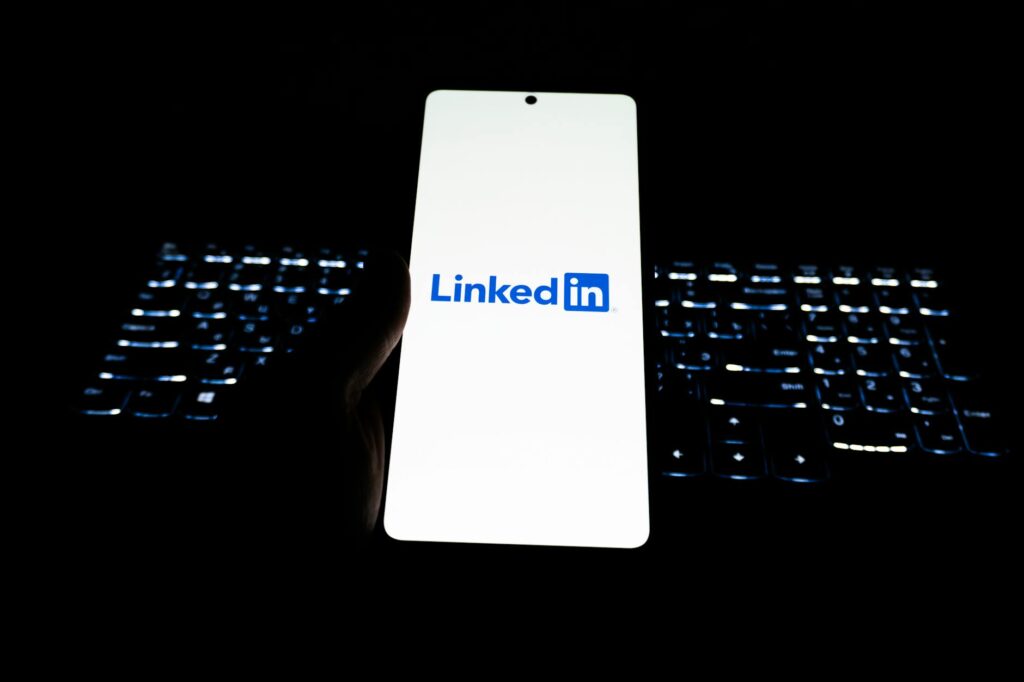
FxHash: The Democratic Tezos Powerhouse
If Art Blocks is the exclusive, high-end New York gallery, FxHash is the sprawling, vibrant arts district where anyone can set up a stall. Built on the Tezos blockchain, FxHash was created by the artist ciphrd as a direct response to the inaccessibility of Ethereum-based platforms.
Its core philosophy is openness. FxHash is permissionless. Any artist can create a profile, upload their code, and launch a generative project. This has fostered an explosion of creativity and one of the most passionate and engaged communities in the entire NFT space.
The Tezos blockchain is a key advantage. It’s a “proof-of-stake” network, which means transaction fees (or “gas”) are incredibly low—we’re talking cents instead of hundreds of dollars. This lowers the barrier to entry for both artists and collectors, making experimentation and collecting on a budget not just possible, but encouraged.
The Pros: Extreme accessibility for artists and collectors. Low costs encourage experimentation and a focus on the art over pure speculation. The diversity of art is staggering, from complex 3D works to simple, elegant plotter-style pieces.
The Cons: The lack of curation is a double-edged sword. While it fosters discovery, it also means you have to sift through a lot of projects to find the gems. The sheer volume can be overwhelming for newcomers.
Gen.art: The Curated Membership Club
Gen.art takes a different approach, blending curation with community access. It operates on a membership model. To participate in their drops, you typically need to own one of their membership pass NFTs. This creates a more tight-knit community of dedicated collectors.
Like Art Blocks, Gen.art has a strong focus on curation, inviting talented artists to release exclusive collections to their members. This model ensures a consistent level of quality and gives collectors confidence in the art they are acquiring. It offers a middle ground between the hyper-exclusive Art Blocks and the completely open FxHash, focusing on building a sustainable ecosystem for a dedicated group of participants.
Other Platforms to Watch
The space is always evolving. Platforms like Prohibition.art (which uses Art Blocks’ own rendering engine but is open to all) and artist-focused platforms on various blockchains are constantly popping up. It’s a good idea to keep an eye on these emerging spaces, as that’s often where the next wave of innovation begins.
“The most exciting generative art doesn’t just use randomness, it tames it. The artist’s skill is in creating a system so robust that every possible output, from the most common to the one-in-a-million rare, is aesthetically compelling.”
How to Choose a Platform: A Quick Guide for Artists & Collectors
So, where should you spend your time and money? It depends on who you are.
For Artists:
- New and Experimental? FxHash is your playground. The low costs and open system mean you can release projects, get feedback, and build a following without needing permission or a huge financial outlay.
- Established with a Landmark Project? Aim for Art Blocks Curated. It’s the highest peak to climb, but the reward in terms of prestige and recognition is unparalleled.
- Value Community and Exclusivity? Look into the model of Gen.art or similar curated platforms that focus on a dedicated collector base.
For Collectors:
- Looking for Blue-Chip History? Art Blocks is the place to find the historically significant pieces that defined the genre. Be prepared for high prices on both primary and secondary markets.
- Want to Discover Emerging Talent? Dive into FxHash. Spend time browsing, find artists you connect with, and you can build an incredible, diverse collection for a fraction of the cost of one Ethereum piece.
- Prefer a Guided Experience? Curated platforms like Gen.art provide a more predictable and high-quality collecting experience, removing some of the guesswork.
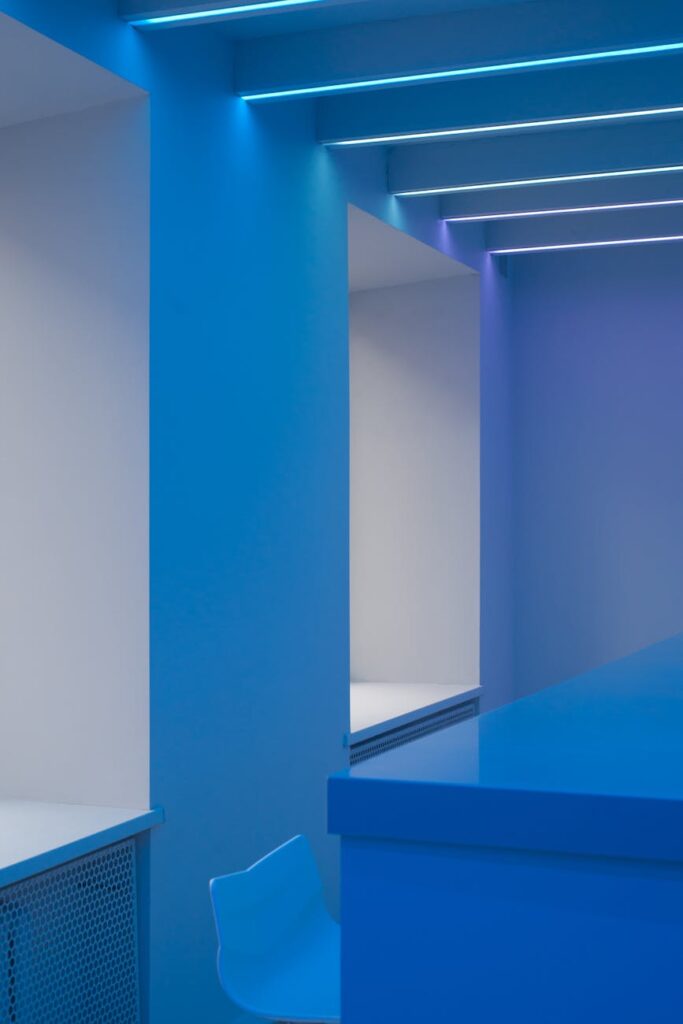
Conclusion: The Algorithm is the Art
NFT generative art platforms are more than just marketplaces; they are the engines of a new art movement. They provide the infrastructure for a form of creation that is uniquely digital and perfectly suited to the permanent, verifiable nature of the blockchain. By turning the act of minting into the final step of creation, they involve the collector in a way that has never been possible before.
Whether you’re an artist writing your first algorithm or a collector about to mint your first piece, the journey is incredibly rewarding. You’re not just dealing with pictures on a screen. You’re engaging with living systems, created by artists, and given a unique life by the blockchain itself. Go explore. Be curious. The canvas is infinite, and the code is waiting.
FAQ
Is generative art ‘real’ art if a computer makes it?
Absolutely. The computer is a tool, just like a paintbrush or a chisel. The artistry lies in the design of the system—the rules, the aesthetics, and the constraints that the artist creates. The artist is the visionary; the computer is the incredibly skilled assistant executing that vision.
Do I need to know how to code to collect generative art?
Not at all. While understanding the basics can enhance your appreciation, it’s not a prerequisite. Collecting generative art is about appreciating the final output, the artist’s concept, and the story behind the project. You just need a curious eye and a crypto wallet.
Which blockchain is ‘best’ for generative art?
There’s no single ‘best.’ Ethereum, via Art Blocks, holds the most historical prestige and highest value pieces. Tezos, via FxHash, has the largest and most active community for daily creation and collection due to its low costs. The best one for you depends on your budget, goals, and what kind of art and community you want to engage with.

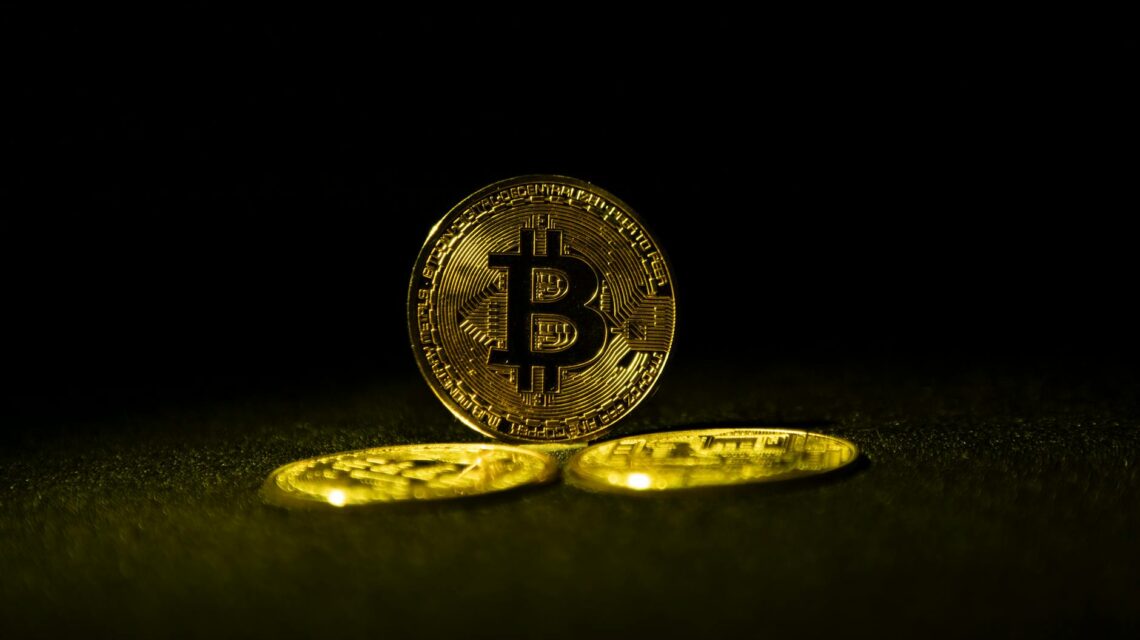

 Crypto’s Carbon Footprint: The Real, Nuanced Story
Crypto’s Carbon Footprint: The Real, Nuanced Story  Join a Web3 Community: The Ultimate Networking Guide
Join a Web3 Community: The Ultimate Networking Guide  What Are AMMs? Automated Market Makers Explained Simply
What Are AMMs? Automated Market Makers Explained Simply  NFT Legal Questions Answered: A Simple Guide
NFT Legal Questions Answered: A Simple Guide 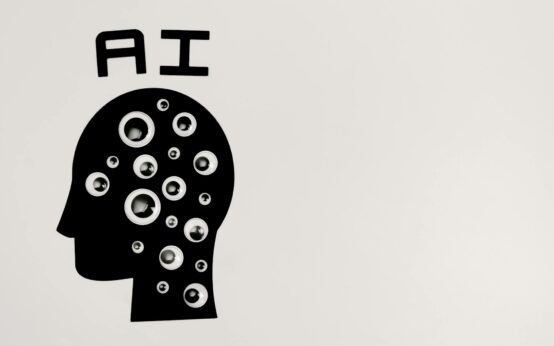 Build a Balanced Cryptocurrency Portfolio: A 2024 Guide
Build a Balanced Cryptocurrency Portfolio: A 2024 Guide  Reading Smart Contract Audits: A Beginner’s Guide
Reading Smart Contract Audits: A Beginner’s Guide  Crypto’s Carbon Footprint: The Real, Nuanced Story
Crypto’s Carbon Footprint: The Real, Nuanced Story 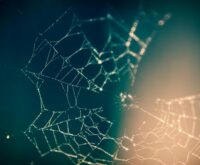 Join a Web3 Community: The Ultimate Networking Guide
Join a Web3 Community: The Ultimate Networking Guide  What Are AMMs? Automated Market Makers Explained Simply
What Are AMMs? Automated Market Makers Explained Simply  NFT Legal Questions Answered: A Simple Guide
NFT Legal Questions Answered: A Simple Guide 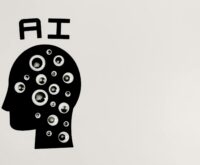 Build a Balanced Cryptocurrency Portfolio: A 2024 Guide
Build a Balanced Cryptocurrency Portfolio: A 2024 Guide  Reading Smart Contract Audits: A Beginner’s Guide
Reading Smart Contract Audits: A Beginner’s Guide